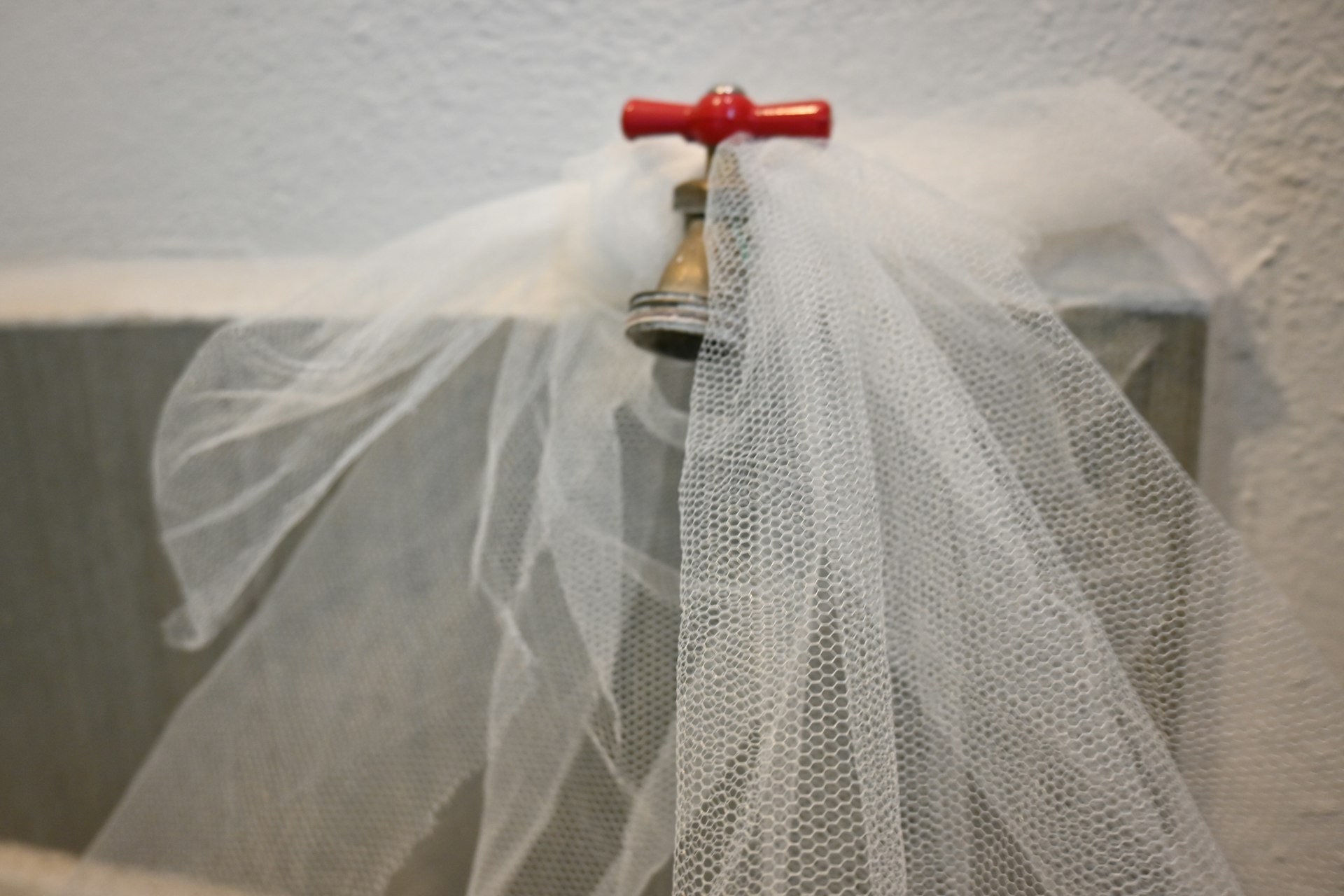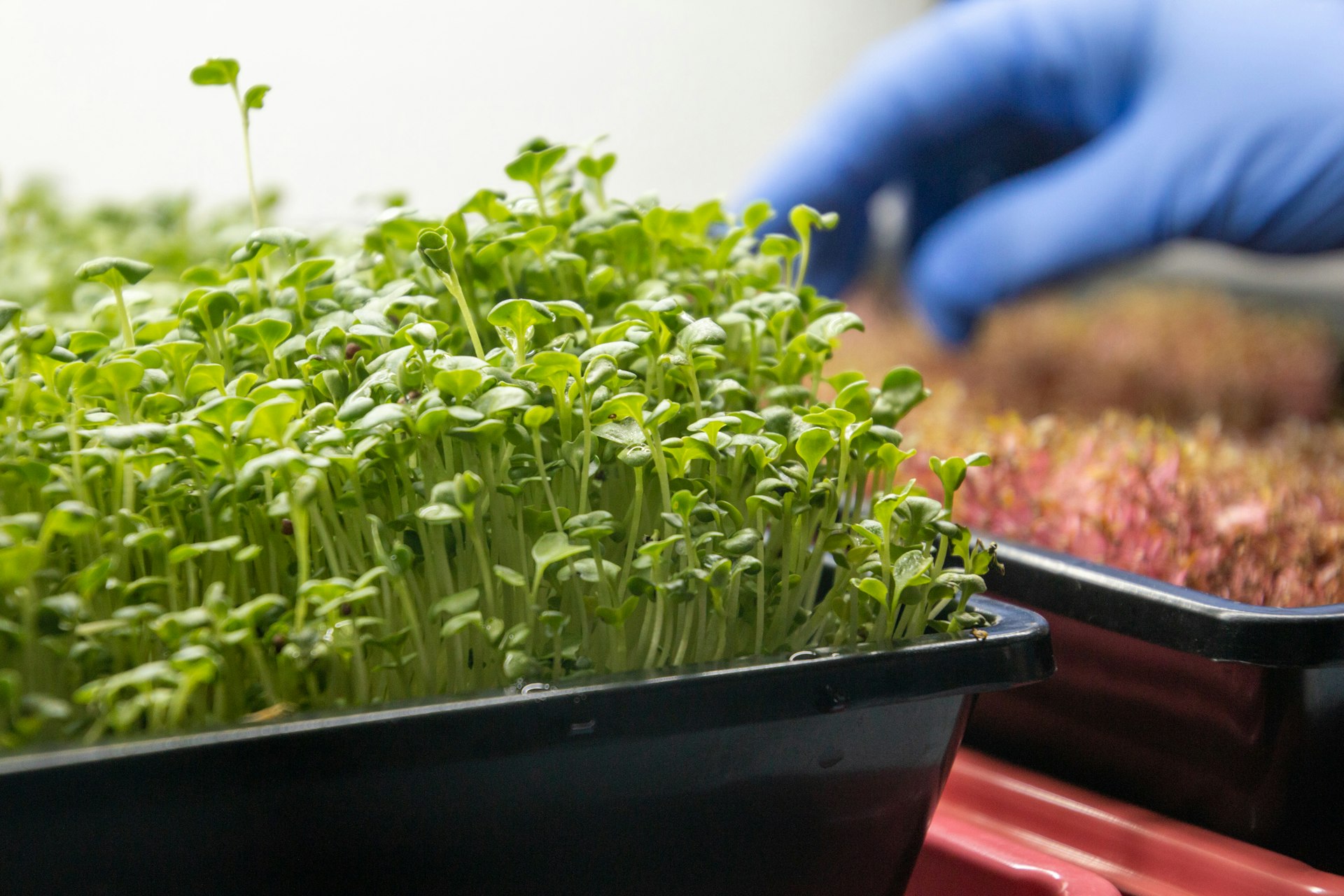Unlocking Ancient Food Preservation: Timeless Techniques for Modern Applications

Photo by Markus Winkler on Unsplash
Introduction: The Enduring Value of Ancient Food Preservation
Long before the rise of modern refrigeration and industrial canning, human societies relied on ingenious techniques to store food, ensuring survival through harsh seasons and unpredictable harvests. These ancient methods-rooted in necessity and adapted for local climates-still offer practical benefits today. By examining historical food preservation practices, we gain insights into food safety, flavor enhancement, and sustainable living. This article explores foundational techniques, their real-world applications, and step-by-step guidance for anyone interested in harnessing the wisdom of the past.
Drying: Harnessing Sun, Wind, and Fire
Drying is among the oldest and most widespread food preservation methods. By removing moisture, drying inhibits the growth of bacteria, molds, and yeast that cause spoilage. Archaeological evidence shows that Middle Eastern and Oriental cultures dried foods as early as 12,000 B.C., using the hot sun and wind to preserve meats, fruits, vegetables, and herbs [1] , [3] .
In regions lacking strong sunlight or wind, people built “still houses” and used fire to dry foods. European monks, for example, constructed heated buildings to ensure consistent drying even in damp climates [1] . Today, modern dehydrators mimic these ancient processes, making it easy to dry produce, herbs, and meats at home.
Actionable Steps:
- Slice food thinly to promote even drying.
- Use a clean, well-ventilated area or a dehydrator for best results.
- Store dried foods in airtight containers to maintain quality.
Challenges & Solutions: Drying depends on weather conditions. In humid climates, consider using indoor drying racks or low-temperature ovens.
Alternative Approaches: Solar dryers and air-drying can be effective in suitable environments.
Curing and Salting: Nature’s Antimicrobial Defense
Curing -often using salt-was a breakthrough in ancient food safety. Cultures with access to salt deposits, like ancient Mesopotamia, discovered that salt not only enhanced flavor but also drew out moisture, protecting food from microbial contamination [1] . The Romans famously used salt as currency and preserved meats and fish for extended periods [2] .
Salt-curing remains popular today for producing charcuterie, salted fish, and preserved vegetables. The process inhibits the growth of harmful pathogens by creating an environment low in moisture and high in salinity.
Actionable Steps:
- Apply salt evenly to the surface of meat or fish.
- Allow food to cure in a cool, dry place for several days or weeks.
- Rinse excess salt before cooking or consuming.
Challenges & Solutions: Over-salting can affect taste and texture. Experiment with different salting durations to achieve optimal results.
Alternative Approaches: Sugar or spice curing, as used in fruit preserves and some regional specialties.
Smoking: Flavor and Preservation Combined
Smoking builds on drying by exposing food to wood smoke, which contains antimicrobial phenols. Early cave dwellers likely discovered smoking by accident, noticing that meats hung above fires lasted longer and tasted better [1] .
Today, smoking remains a favorite method for preserving fish, meats, and cheeses. The process imparts distinctive flavors while extending shelf life.
Actionable Steps:
- Prepare meats by curing or brining.
- Smoke food over low heat using hardwoods like oak or hickory.
- Monitor temperature and humidity for consistent results.
Challenges & Solutions: Achieving the right balance of smoke and heat requires experience. Begin with small batches to refine your technique.
Alternative Approaches: Cold smoking produces a milder flavor and is suitable for delicate foods.
Fermentation: Transforming Food with Microbes
Fermentation is a creative, ancient method that not only preserves food but enhances its nutritional value. By harnessing beneficial microorganisms, fermentation produces acid or alcohol that inhibits spoilage. Foods like cheese, sauerkraut, kimchi, pickles, wine, and beer originated as preservation solutions [1] , [4] .
Fermenting can increase vitamin levels, improve digestibility, and create complex flavors. Ancient Greeks and Romans cooked fruits with honey and fermented them to create shelf-stable preserves [4] .
Actionable Steps:
- Choose fresh vegetables or fruits for fermentation.
- Use clean jars and cover produce with brine or starter culture.
- Store at room temperature until desired flavor is achieved, then refrigerate.
Challenges & Solutions: Fermentation may fail if containers aren’t sanitized. Always use clean equipment and monitor for signs of spoilage.
Alternative Approaches: Explore lacto-fermentation, alcoholic fermentation, or vinegar pickling for different results.

Photo by Jorgen Hendriksen on Unsplash
Freezing and Cold Storage: Harnessing the Elements
Freezing was an obvious solution in cold climates. Ancient people stored food underground, in snow, or in cool streams and caves to prolong freshness throughout winter [3] , [4] . Later, “icehouses” became common for storing ice and perishable goods before mechanical refrigeration.
Modern cold storage builds on these principles, allowing for year-round preservation with greater control.
Actionable Steps:
- Bury root vegetables in sand or sawdust in a cool cellar.
- Use ice or snow for temporary freezing if refrigeration is unavailable.
- Monitor temperature regularly to prevent thawing and spoilage.
Challenges & Solutions: Temperature fluctuations can compromise food quality. Use insulated containers or dig deeper storage pits for stability.
Alternative Approaches: Consider modern iceboxes or portable coolers for outdoor storage.
Fat Sealing and Bottling: Protecting Food from Air and Spoilage
Some traditional methods relied on fat or liquid barriers to keep food safe from oxygen. For instance, cooked meats were covered with animal fat or clarified butter, forming a seal that inhibited spoilage [5] . Fruits were packed in water or alcohol in ceramic or glass bottles with narrow necks, limiting exposure to air.
While these methods are less common today, they inspired modern canning and vacuum-packing techniques.
Actionable Steps:
- Cook meat and submerge in rendered fat; store in a cool, dark place.
- Preserve whole fruits by packing in sterilized jars with syrup or alcohol.
Challenges & Solutions: Fat-based sealing requires careful handling to avoid contamination. Use only high-quality fats and sterilized containers.
Alternative Approaches: Explore canning, vacuum sealing, or pressure cooking for safer, longer-term storage.
Accessing Resources and Implementing Techniques
For those wanting to try ancient food preservation methods, consider the following steps:
- Research best practices for each technique using trusted sources such as university extension services, food safety organizations, or reputable culinary websites.
- Join local workshops or online forums focused on home food preservation.
- Contact your local agricultural extension office for guidance on safe home preservation methods and equipment.
- Search for “home food preservation” or “traditional food storage” to find step-by-step guides and safety tips.
Remember, always consult current food safety guidelines for each method, as improper preservation can lead to foodborne illness. The National Center for Home Food Preservation provides extensive resources on safe practices and troubleshooting.
Conclusion: Reviving Ancient Techniques for a Sustainable Future
Ancient food preservation practices not only ensured survival but enriched culinary traditions and fostered community resilience. By integrating drying, curing, smoking, fermenting, freezing, and fat sealing into modern routines, we can reduce food waste, enhance flavor, and honor cultural heritage. With careful research, proper technique, and a willingness to experiment, anyone can bring these timeless skills into their own kitchen and community.
References
- [1] SmartSense Blog (2022). A Short History of Food Preservation.
- [2] MadgeTech Blog (2021). 7 Ancient Methods of Food Preservation.
- [3] Valley Food Storage Blog (2022). The History of Food Preservation & Ancient Food Storage.
- [4] National Center for Home Food Preservation (n.d.). Historical Origins of Food Preservation.
- [5] YouTube (2021). Food That Preserved A Nation. [Video]
MORE FROM hotondeals.com













